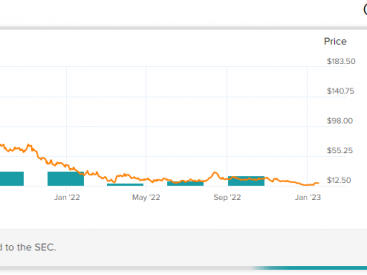When it comes to the tools and solutions available for back-office architectures, today’s chief financial officers (CFOs) have more choices than ever. But as B2B payments innovation continues marching forward with the rise of embedded finance, digital currencies and the expansion of cross-border transactions, the question isn’t whether firms will adapt. It’s how quickly and effectively they can do it. Back-office functions, once considered support roles, now play a crucial role in ensuring compliance, fraud prevention and seamless transaction processing. The problem? Back-office implementations can often be easier said than done. Traditionally, payments professionals needed knowledge of settlement processes, reconciliation and financial reporting. Today, they must also understand API integrations, machine learning applications in fraud detection and regulatory technologies. In a market driven by innovation and user expectations for seamless digital experiences, a lack of trained professionals in these areas can contribute to bottlenecks, slowing down digital transformation initiatives and leaving organizations vulnerable to inefficiencies, errors and security risks. See also: The Integration Pros: How CFOs and Treasurers Bridge Operational Silos Digital Transformation in Back-Office Operations While the talent gap in payments and back-office transformation is a significant hurdle, it is not insurmountable. After all, automation and even artificial […]
K&X Design and Investment Technology, LLC
Invest The Invisible Impact
K&X Design and Investment Technology, LLC
Invest The Invisible Impact



